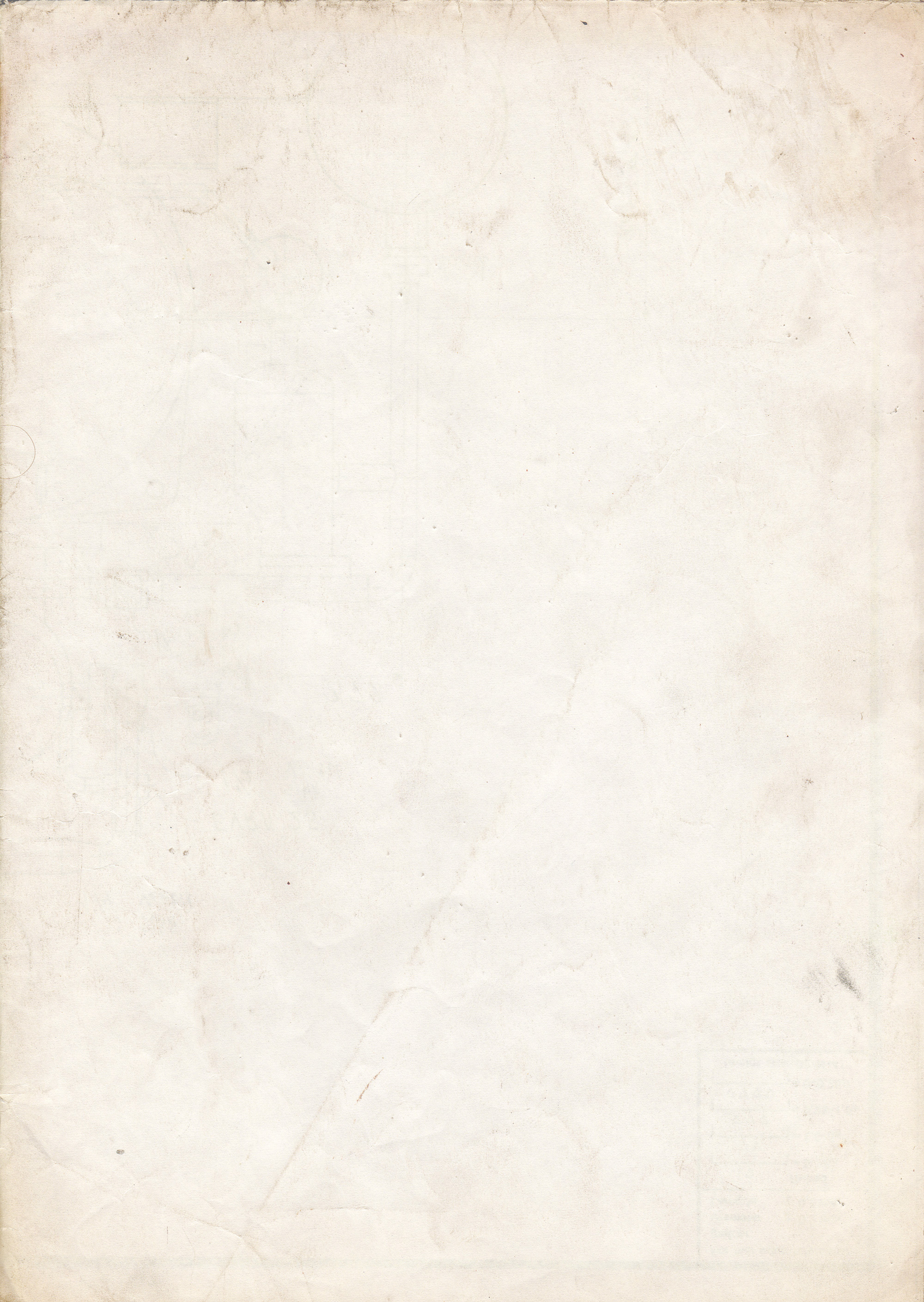Archivist note: This article is from an older recovered archive and might be obsolete or in need of updating.
Most recent revision is shown below, by Galactic Baroque.
The Moreau Riots were a series of conflicts that erupted as tensions escalated between humans an the so-called “Moreaus.” Moreaus are an exotic people who are descendants of the Moreau experiments that mixed human and animal heritage into a viable race.
After the fall of the Great Empire, there was considerable movement migration of people to the more stable cities away from the Imperial core. Among the refugees that came to New Babbage were a group of descendants of the Moreau experiments that had been living in relative isolation.
”’First Moreau Riots”’
About twenty years after the Fall, tensions between human and Moreau refugees due to squalid and cramped conditions escalated into street violence. The fighting rapidly spread throughout the City.
It was put down ruthlessly by the City Guard using Imperial weaponry and battle-clockworks.
The Moreau population were ghettoised into what became known derisively as “The Zoo” as cheap housing built on what was the City Park and Zoological Gardens to house the other refugees, improving their situation.
Strict laws restricted the rights of moreau, including where to live, passes to work in other areas of the City etc.
”’Second Moreau Riots”’
In 1810 the City Council planned to demolish the Moreau Ghetto and rebuild the area for human workers. The moreau were to be relocated outside the City Walls. Oddly, this brought together the moreau and the workers, who did not want to be moved. There was support for them from the student population and amongst the reforming charitable organisations.
Barricades went up, mainly sealing off streets from the canals, which were being used by the City Watch to move troops quickly around the City. Fighting went of for several days, the old weaponry and clockworks being long broken down, there was no clear advantage on either side. Then a concerted attack by the Watch, supported by mercenaries brought in by some affluent citizens, drove the defenders off the barricades. It looked like the uprising was over, but as the troops advanced to clear the streets, an unknown urchin moreau clambered up the side of the Jeffferson Street barricade, waving a makeshift flag. As he stood astride the top, singing a patriotic song of the City, the defenders took heart, and with a huge roar spilled back into the streets and over ran the attackers.
The City Council fled the City, and a new Council was formed from the leaders of the revolt. The moreau ghetto remained as it was, though the restrictions on then were lifted, and the workers stayed in their communities. It was not many years before the new Council resembled very much the old….
”’Third Moreau Riots”’
This followed several years after the fire, both the old Ghetto and the worker’s housing on the old Park having been badly affected. There was pressure on resources, with lines being drawn along the old communities, and fights were breaking out at regular intervals, Both sides started fortifying their temporary camps, and it looked as if all out warfare was on the cards. However, the City Council, with unusual foresight and clear thinking, rushed through building plans for the Gut, hiring the hotheads from both communities to do the labouring. Those doing the building were also given first choice of the new housing, removing the troublemakers and giving them a stake in keeping the place stable. Conditions were still cramped, but in working side by side, the moreau and the City workers formed a new, mixed community, which, for the most part, worked.

